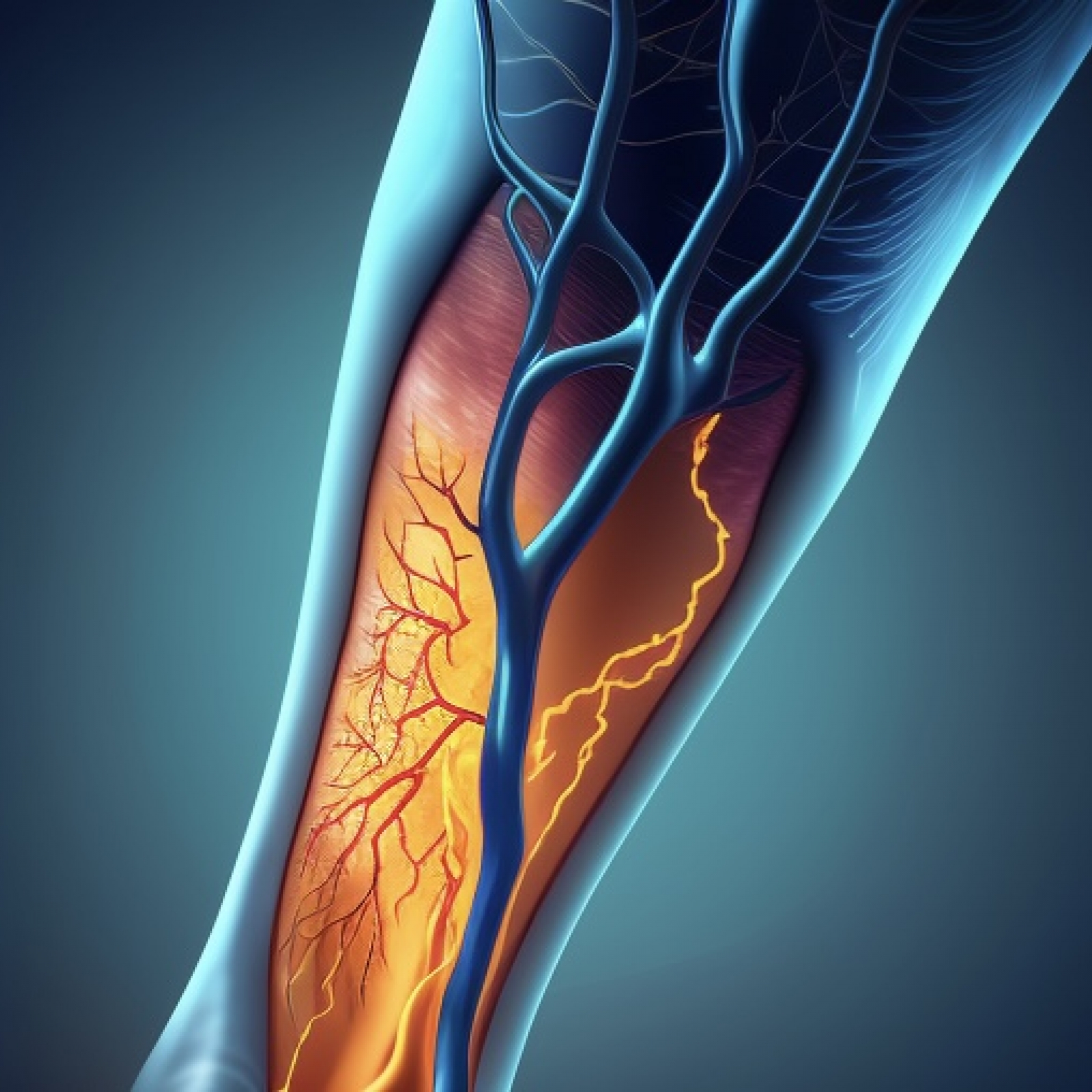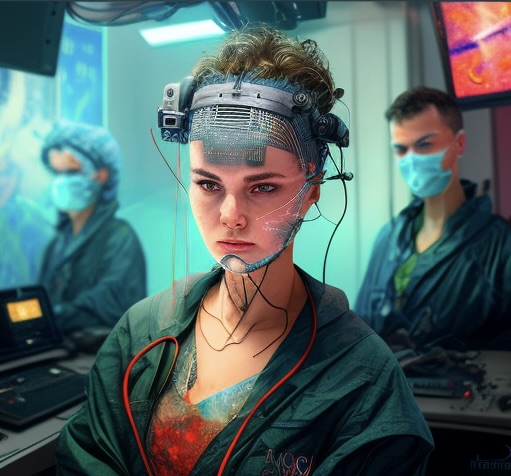- Varicose veins treatment in Kyiv
- Varicose veins treatment in Zaporizhzhia
- Edema and lymphostasis treatment
- Myths about varicose veins
- Massage and varicose veins
- Treatment of varicose veins with hydrogen peroxide
- Veins ache and pull blood vessels
- Can I treat varicose veins with pills?
- Treatment for varicose veins with leeches and bees. Benefit or harm?
- Is it possible to get rid of varicose veins with the help of gels and ointments?
- After 70 years, is it too late to treat varicose veins?
- Do mud baths help with varicose veins?
- Is it possible to get rid of varicose veins with compression knitwear?
- If you make an "open" operation - varicose veins will never appear again. Is it so?
- Are ugly scars and scars left after the operation to remove varicose veins?
- Is varicose veins treatment a long and painful process?
- Is it possible to get rid of varicose veins completely and forever?
- Varicose veins cannot be treated in the summer. Is it so?
- Do you need to go to a surgical hospital for vein surgery or not?
- After removal of varicose veins, the load on healthy veins increases. Is this so?
- Is it possible to play sports after surgery to remove varicose veins?
- Only the elderly suffer from varicose veins?
- Wearing compression hosiery causes muscle atrophy or not?
- Remove veins or not?
- How is the outflow of blood after vein removal?
- Thrombophlebitis treatment
- Nonresident patients
- All about varicose veins
- The risk of complications of varicose veins | Trophic ulcers and no panic
- Causes and symptoms of varicose veins
- Diagnosis of varicose veins
- Stage of development of varicose veins
- Gymnastics and prevention of varicose veins
- Diet for varicose veins
- Why is varicose veins dangerous?
- Treatment of varicose veins of the lower extremities
- Varicose veins and pregnancy
- Varicose disease - what will happen if not treated?
- Varicose symptoms
- Complications of endovenous treatments
- Post-thrombotic disease
- What is phlebology?
- Complications of varicose veins
- All about sclerotherapy
- Vascular diseases
- Treatment results in AngioLife
- Questionnaires and tests for patients and doctors
- For doctots
- Public contract
Varicose Veins: Understanding the Condition and Its Symptoms
- Home
- All about varicose veins
- Varicose Veins: Understanding the Condition and Its Symptoms

Varicose Veins: Understanding the Condition and Its Symptoms
Varicose veins are a common condition that affects millions of people globally. They are swollen, twisted veins that can be seen just under the surface of the skin, most commonly in the legs. Although they are not typically dangerous, they can cause discomfort, pain, and can be unsightly. In this article, we will discuss what varicose veins are, what causes them, and the symptoms and treatment options available.
What are Varicose Veins?
Varicose veins are veins that have become dilated due to poor return bloodflow. They are typically found in the legs and feet, but can occur in other parts of the body as well. The veins become enlarged and twisted because they are not functioning properly and blood is not flowing back to the heart as it should. Blood then pools in the veins, causing them to enlarge and twist.
What Causes Varicose Veins?
Several factors may contribute to the development of varicose veins. The most common causes are:
- Age: As we age, the valves in our veins can become weakened and less effective, leading to the development of varicose veins.
- Genetics: If someone in your family has had varicose veins, you may be more likely to develop them as well.
- Pregnancy: Pregnant women are more likely to develop varicose veins due to increased pressure on the veins in their legs and increased blood volume.
- Obesity: Being overweight or obese puts extra pressure on your legs and veins, which can contribute to the development of varicose veins.
- Lack of physical activity: Sitting or standing for long periods of time can contribute to the development of varicose veins.
- Hormonal changes: Changes in hormones, such as those that occur during menopause, can make it more likely for women to develop varicose veins.
Symptoms of Varicose Veins
Varicose veins cause different symptoms, including:
- Aching or heavy feeling in the legs
- Swelling in the legs or ankles
- Itching or burning in the affected area
- Cramping or muscle fatigue in the legs
- Skin changes, such as discoloration or ulceration

Treatment Options for Varicose Veins
There are many treatment options to choose from available for varicose veins. They include:
- Compression stockings: Wearing compression stockings can help improve blood flow and relieve symptoms.
- Elevation: Elevating your legs above your heart for short periods of time can help relieve symptoms.
- Exercise: Regular exercise, such as walking, can help improve circulation and relieve symptoms.
- Sclerotherapy: This is a minimally invasive procedure that involves injecting a solution into the affected vein, which causes it to collapse and fade away.
- Endovenous laser treatment (EVLT): This is a minimally invasive procedure that uses laser energy to collapse the affected vein.
- Vein stripping and ligation: This is a surgical procedure that involves removing the affected vein through small incisions.
In conclusion, varicose veins are a common condition that can cause discomfort and pain. They are caused by a variety of factors, including age, genetics, pregnancy, obesity, lack of physical activity, and hormonal changes. Symptoms of varicose veins include aching or heavy feeling in the legs, swelling, itching or burning, cramping or muscle fatigue, and skin changes. There are several treatment options available for varicose veins, including compression stockings, elevation, exercise, sclerotherapy, EVLT, and vein stripping and
- ANGIOLIFE at the UVS Congress - Sukharev Readings 2025
- Diagnosis, clinical and treatment of varicose veins
- Thromboangiitis obliterans, Buerger's disease and Endarteritis
- Тромбофлебіт та тромбоз поверхневих вен
- ANGIOLIFE on aspects of phlebology 2024
- Is it possible to treat deep vein thrombosis without anticoagulant therapy?
- UVS 2024 CONGRESS "SUKHAREV READINGS"
- Varicose veins
